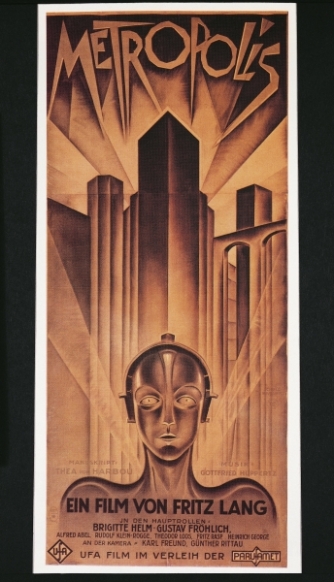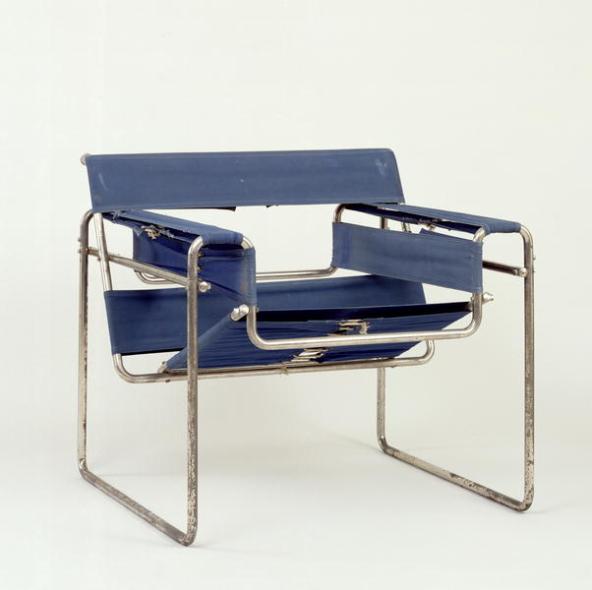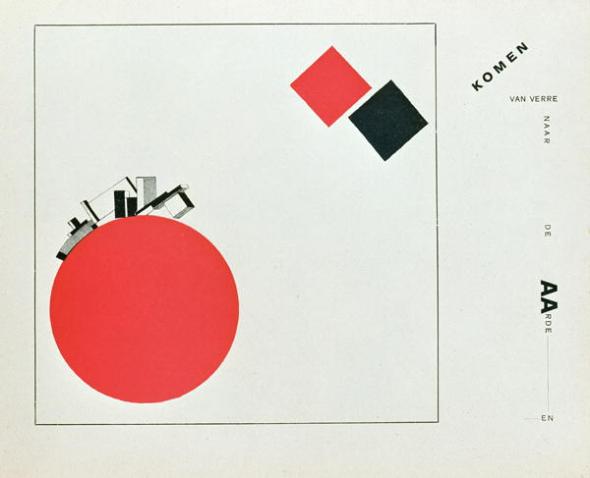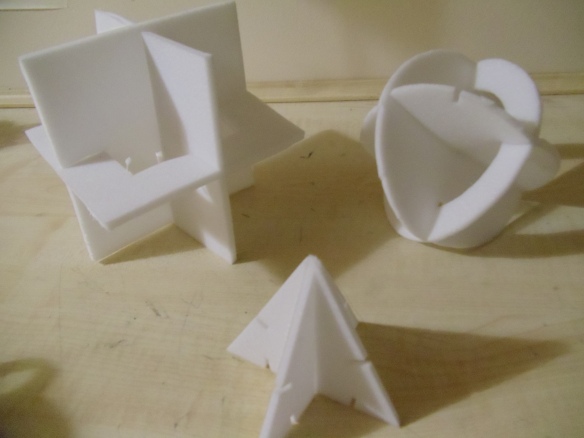After getting frustrated trying to generate ideas for this project by brainstorming the theme ‘spring’, and finding that I couldn’t get very far, I decided instead to reflect on the aim of the project. Described in the brief as ‘to locate your practice as a creative person’.
Wanting to fulfill this aim is one of the main reasons I applied to do this degree in the first place, so I’m excited to have seven weeks to spend putting as much effort as possible into learning about my own direction as a designer.
To begin, I asked myself three questions:
What do I like?
What am I good at?
What motivates me?
When thinking about what it is I like, or rather what it is that interests me, the overwhelming answer, as it often has been in the past, was Architecture, Landscape Architecture and public spaces for my interests within design, and food and the health and environmental issues that surround it for my interests out of design.
I believe that these answers also give clues about what my motivations could be. Firstly, I want to design things that are useful, but I don’t necessarily mean useful in the sense that a fork is useful that for eating food or a nuclear power plant is useful for converting thermal energy into electricity. And my want my work to have a conscience, but again, I don’t necessarily mean that in the sense that a beautiful sculpture is made from ethically sourced materials or that no third world labour was exploited during the manufacture of a chair. Not that I’m saying that these things don’t matter to me, they do, and I hope to to produce work that encompasses both these values. I also want it to be more than that. I want the conscience and the use to be the same thing, I want the object’s purpose to be what is ethical about it.
At least that’s what I think. I reserve the right to change my mind on any of these points.
As for the project, I’ve decided to limit myself to something in the genre of architecture or architecture-related for now. Hopefully that will make it easier to find some inspiration from ‘spring’.






